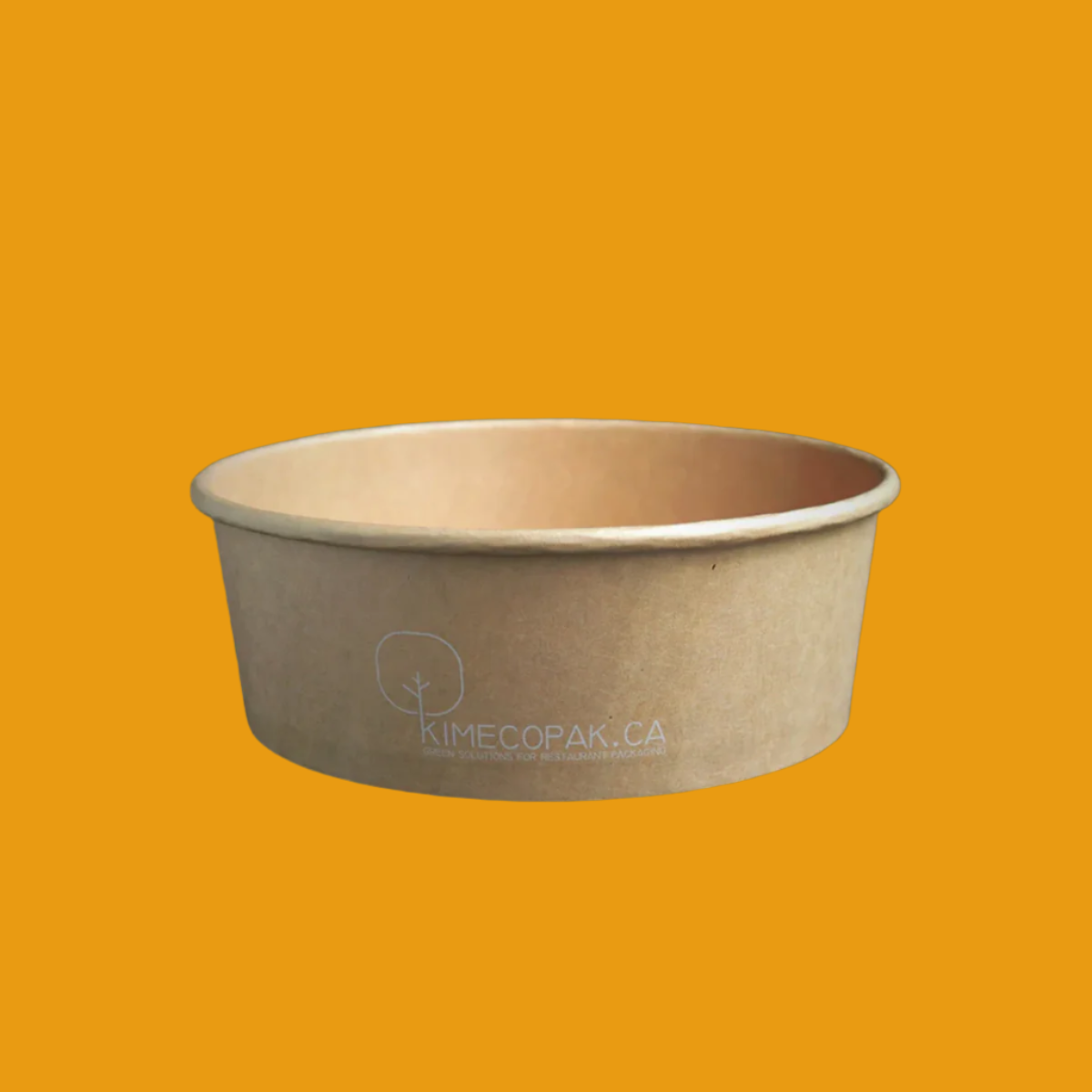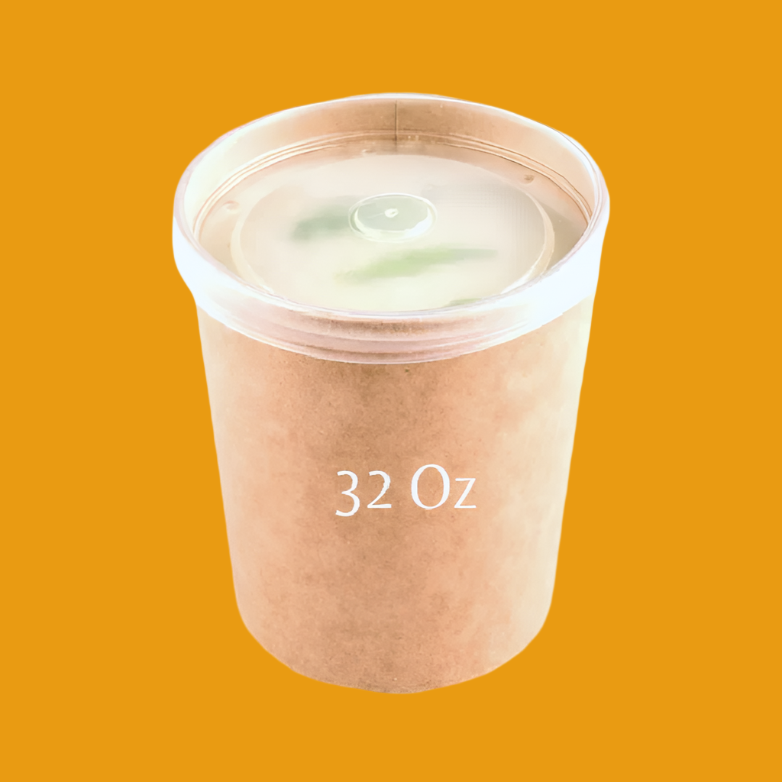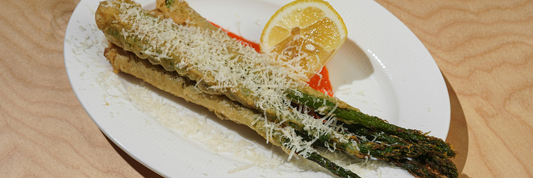The meal kit industry is transforming the way people cook and eat at home. With pre-portioned ingredients and easy-to-follow recipes delivered straight to the doorstep, meal kits offer the perfect blend of convenience, quality, and customization. More than just a trend, meal kits have evolved into a thriving business model that’s reshaping the global food and beverage (F&B) landscape.
-
Vegetarian Meal Kits – Healthy, Easy, and Delicious Meals Delivered to Your Door
-
Meal Delivery Services – Everything You Need to Know
-
The Complete Guide to Meal Prep Services: Opportunities and Challenges
Meal Kit – Definition and Global Growth
What is a Meal Kit?

A meal kit is a packaged set of pre-portioned ingredients that come with step-by-step cooking instructions, delivered directly to customers' doors. These kits are designed to simplify the cooking process, making it easier for individuals and families to prepare home-cooked meals without the need for extensive shopping or meal planning.
Much like a recipe book but with everything ready to go, meal kits cater to those who want the satisfaction of cooking while minimizing hassle.
Difference from Ready-to-Eat and Take-Away Meals
Meal kits differ significantly from ready-to-eat meals and take-away options. Here’s how:
- Preparation and Cooking: Meal kits require some level of cooking, allowing customers to engage in the meal preparation process. In comparison, ready-to-eat meals simply need reheating.
- Customization: With meal kits, customers can often choose from a variety of recipes, catering to personal preferences, dietary needs, or seasonal ingredients, while take-away meals typically offer less flexibility.
- Freshness and Quality: Meal kits generally emphasize fresh, high-quality ingredients, often with a focus on nutrition. Ready-to-eat and take-away meals can sometimes compromise on ingredients for convenience.
Why the Surge in Demand
The demand for meal kits has surged, particularly in the wake of the COVID-19 pandemic. Shifts in consumer behavior highlight the growing preference for:
- Convenience: With busy lifestyles, people seek solutions that save time and effort in meal preparation.
- Home-Cooked Meals: Consumers have developed an appreciation for cooking at home, prompted by increased time spent indoors and a renewed interest in culinary skills.
- Dietary Control: More individuals are concerned about nutrition and are eager to manage their own diets, making meal kits an appealing choice for those with specific dietary restrictions or preferences.
Common Meal Kit Business Models

Subscription-Based Meal Kits
Companies like HelloFresh and Blue Apron have popularized the subscription-based meal kit model.
- Regular Deliveries: This model involves customers subscribing to receive meals on a weekly or monthly basis. The convenience of consistent meal planning relieves the stress of what to cook each day.
- Curated Menus: Subscribers benefit from a menu that caters to various tastes and dietary needs, making it easier to explore new cuisines.
On-Demand Meal Kits
On-demand meal kits offer flexibility and cater to markets such as Vietnam and Canada, where consumer preferences differ.
- Instant Gratification: Customers can order kits when needed, making it a perfect option for those who may not want to commit to a subscription but still desire a straightforward cooking experience.
- Support for Startups: This model is particularly suitable for emerging food and beverage (F&B) startups looking to establish themselves without the constraints of long-term commitments.
Restaurant-Based Meal Kits (B2B Model)
Restaurants and ghost kitchens are now tapping into the meal kit market by offering kits that reflect their existing menus.
- New Revenue Stream: By providing meal kits, establishments can generate additional income without the need for extra physical space for service.
- Brand Loyalty: Customers familiar with a restaurant's dishes can purchase meal kits to replicate favorite meals at home, reinforcing brand loyalty.
Benefits of Meal Kits for Restaurants and F&B Startups

- Additional Revenue Beyond Dine-In or Hot Delivery Services: Meal kits present an opportunity for restaurants to expand their offerings beyond traditional dining, catering to varying customer needs.
- Optimized Ingredient Sourcing and Kitchen Operations: By streamlining ingredient usage through meal kits, restaurants can more effectively manage inventory, reducing waste and operational costs.
- Enhanced Brand Recognition Through Packaging and Product Experience: Well-designed meal kit packaging can serve as a marketing tool, enhancing the customer experience and increasing brand visibility.
- Customer Data Collection: Meal kits allow for data collection on consumer preferences and behaviors, providing valuable insights that can guide personalized marketing strategies.
Challenges When Implementing a Meal Kit Model

Packaging & Food Safety
When implementing a meal kit model, ensuring packaging and food safety is paramount. Proper packaging not only helps preserve freshness but also guarantees hygiene standards are met. Meal kits must be designed to keep ingredients secure and at the right temperatures.
- Hygiene: It's essential to use materials that are food-safe and resistant to contamination. This includes using airtight containers and materials that are not prone to leakage.
- Correct Portioning: Accurate portioning means customers receive the exact amount they need without excess. This not only minimizes food waste but also enhances customer satisfaction as they get precisely what they ordered.
Opportunities for innovation in this field include biodegradable packaging options and reusable containers, which appeal to environmentally-conscious consumers.
Logistics
Logistics plays a critical role in the success of a meal kit service. Establishing a reliable delivery system is necessary to maintain the quality of food.
- Cold Chain Management: Meal kits often contain perishable items that must be kept at specific temperatures. Efficient cold chain logistics ensure food remains fresh from the moment it leaves the warehouse until it reaches the customer’s doorstep.
- Delivery Systems: Creating partnerships with reliable delivery services or developing an in-house team can significantly affect efficiency. Timely delivery is crucial, as a delay can spoil ingredients and lead to dissatisfied customers.
Balancing logistics with operational costs can present a challenge, but investing in technology for route optimization can greatly enhance delivery efficiency.
Pricing Strategy
Developing a pricing strategy for meal kits involves finding a suitable balance between cost structure and perceived value.
- Cost Structure: Costs include not only the ingredients but also packaging, labor, and logistics. It’s important for businesses to analyze these factors closely to ensure profitability.
- Perceived Value: Customers must feel that they are getting their money’s worth. Highlighting ingredient quality, convenience, and the meal kit's unique selling points can strengthen perceived value. Conducting market research can provide insights into consumer price sensitivity and preferences.
A competitive pricing strategy might also consider subscription models, which can stabilize revenue while offering customers savings through multiple orders.
Trending Combination: Ghost Kitchen + Meal Kit

Ghost Kitchen
Ghost kitchens, or cloud kitchens, are revolutionizing the food service industry by allowing restaurants to operate without traditional dine-in spaces. This model enhances flexibility and reduces overhead costs significantly.
Meal Kit
Integrating meal kits into a ghost kitchen operation creates a powerful synergy. Meal kits can serve as an additional channel for revenue and help optimize production and manage inventory more efficiently.
- Centralized Food Production: Ghost kitchens allow for bulk preparation of meal kit components, which translates to efficiency in production processes.
- Inventory Optimization: With a controlled environment, managing ingredient freshness and availability becomes much easier, leading to less waste.
This combination opens the door for startups, as the barriers to entry are lowered. Entrepreneurs can experiment with dishes quickly and gather customer feedback without the financial strain associated with traditional restaurants.
Conclusion
In summary, meal kits present food and beverage businesses with a flexible and low-risk strategy for growth. They allow operators to expand reach and offer new products without the heavy burden of high capital investment.









